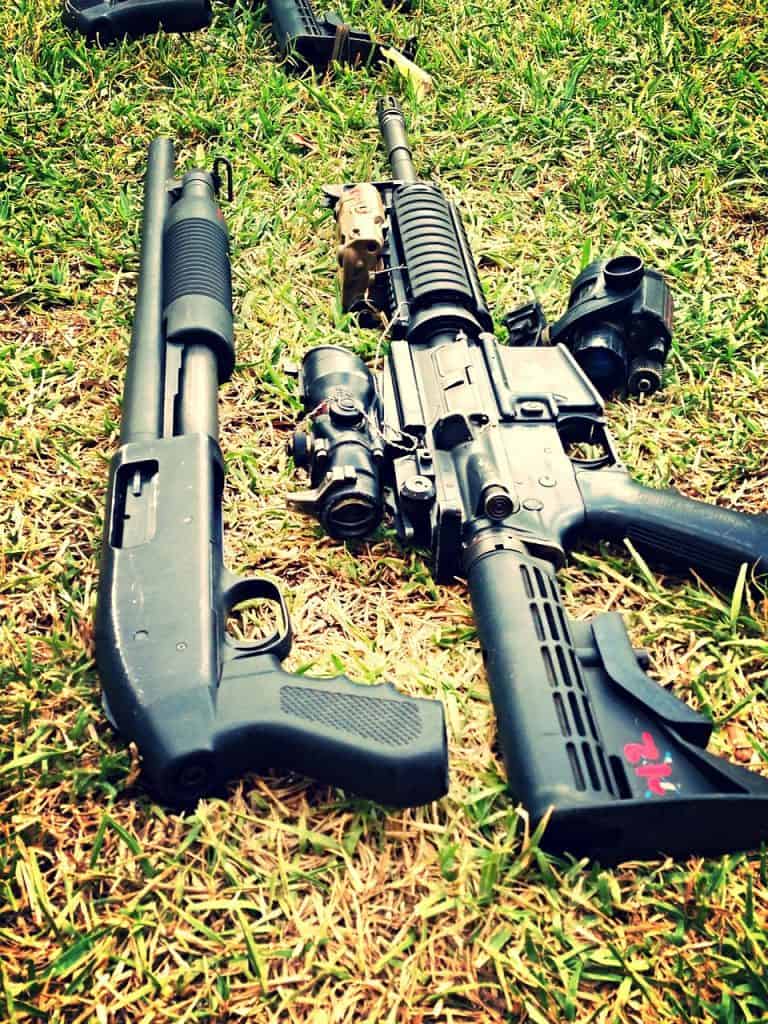The following guest post shows some affordable upgrades for your shotgun. Everyone likes to have accessories and modify their shotgun in one way or another. Some people will never modify or upgrade the gun, but those same people will buy a precisely fit sling or unique protective case. Those that do upgrade will add any number […]
Category: Gunsmithing | Cleaning
How to Replace the Recoil Spring in a Walther P22
This post is about why I had to do some work on my Walther P22 Recoil Spring. It also shows how to replace the recoil spring in a Walther P22 I am a huge believer in repetition for any physical skill. If you want to be good at something you have to put in […]
How to Replace a Remington 870 Shotgun Barrel
I get questions on occasion about “sawing off” shotguns. My first question is why – what do you want out of it, and my first comment is about the legal ramifications. There are some legitimate uses of a short barreled (under 18.5 inches), and I do think the idea is cool so don’t Zumbo […]
How to Replace a CETME Stock with HK Parts
I have done several basic gunsmith videos with my CETME rifle. As I have said before it is a very decent and inexpensive 7.62×51 battle rifle. In this article what I am going to do is show you how to install a HK G3 stock set on your CETME rifle. A CETME Stock Replacement […]
CETME Reliability – Firing Without an Extractor
So I traded a .45 1911 for a CETME – and while CETME’s built by century arms have a terrible track record, I did not mind because the pistol was a remnant from my divorce and USED to be part of a matched set that my ex demanded be divided. I have more than […]





